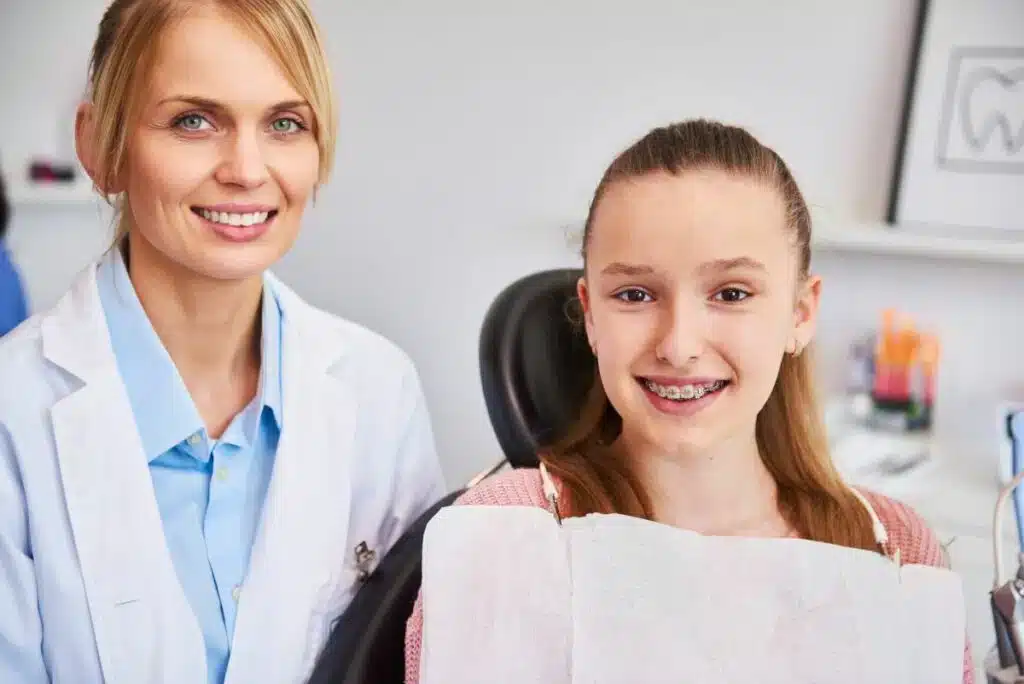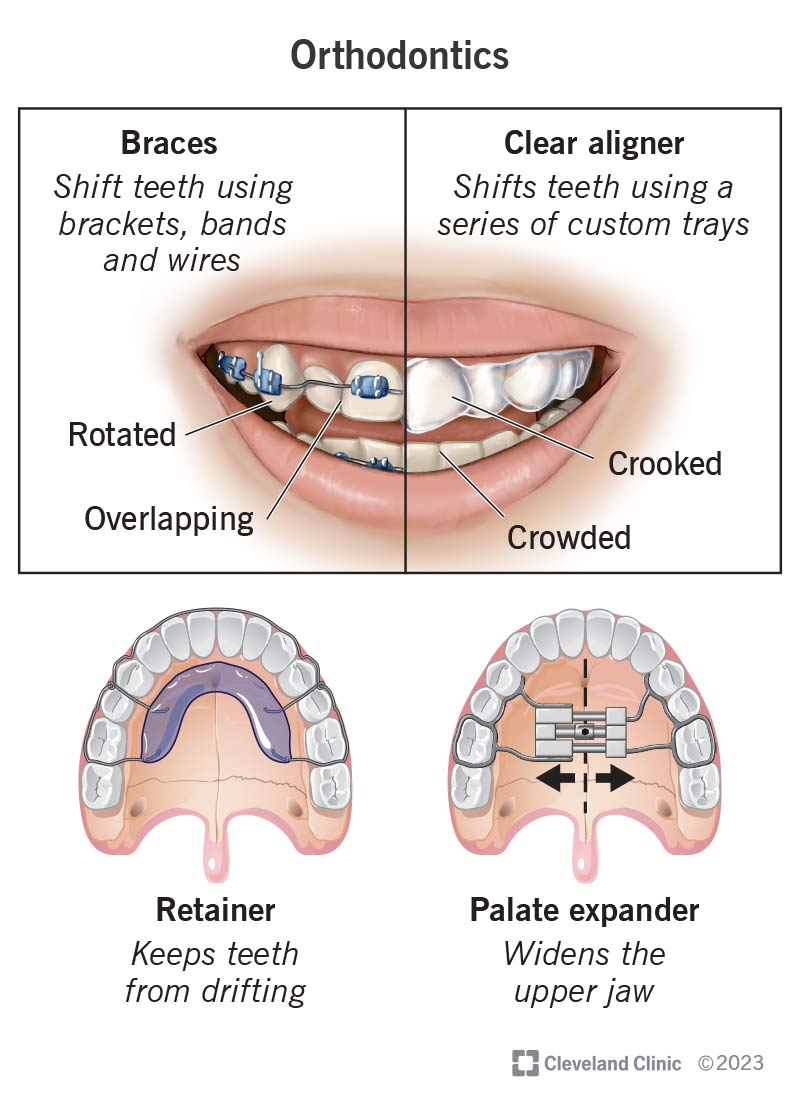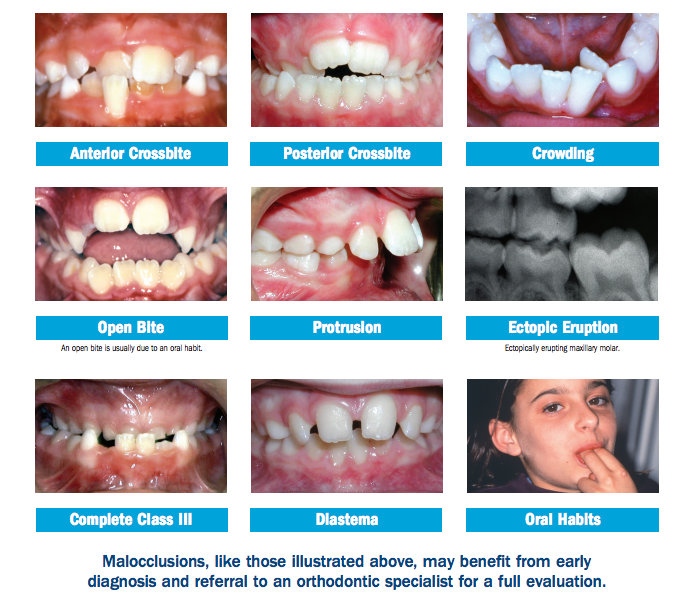What Does Causey Orthodontics Mean?
Table of ContentsThe Ultimate Guide To Causey OrthodonticsThe Only Guide to Causey OrthodonticsThe smart Trick of Causey Orthodontics That Nobody is DiscussingThe smart Trick of Causey Orthodontics That Nobody is Discussing7 Easy Facts About Causey Orthodontics Shown
Disregarding occlusal connections, it was typical to get rid of teeth for a range of dental concerns, such as malalignment or congestion. The idea of an intact teeth was not widely valued in those days, making bite connections seem unnecessary. In the late 1800s, the idea of occlusion was vital for creating reliable prosthetic substitute teeth.As these concepts of prosthetic occlusion proceeded, it became a vital tool for dental care. It was in 1890 that the job and impact of Dr. Edwards H. Angle started to be felt, with his payment to modern orthodontics specifically noteworthy. Focused on prosthodontics, he educated in Pennsylvania and Minnesota before routing his attention towards oral occlusion and the treatments needed to preserve it as a regular condition, thus ending up being known as the "daddy of modern-day orthodontics".

The principle of excellent occlusion, as proposed by Angle and integrated into a category system, made it possible for a change in the direction of treating malocclusion, which is any kind of deviation from normal occlusion. Having a complete set of teeth on both arches was very looked for after in orthodontic treatment due to the demand for precise relationships between them.
The Definitive Guide for Causey Orthodontics
As occlusion became the essential top priority, facial percentages and looks were ignored - affordable orthodontist near me. To accomplish excellent occlusals without using outside forces, Angle proposed that having best occlusion was the ideal means to gain optimal face visual appeals. With the death of time, it came to be rather noticeable that even an exceptional occlusion was not appropriate when thought about from an aesthetic perspective
Charles Tweed in America and Raymond Begg in Australia (that both studied under Angle) re-introduced dentistry extraction into orthodontics throughout the 1940s and 1950s so they can enhance facial esthetics while also guaranteeing much better stability concerning occlusal connections. In the postwar period, cephalometric radiography started to be used by orthodontists for determining modifications in tooth and jaw setting created by development and therapy. It ended up being apparent that orthodontic treatment can readjust mandibular advancement, causing the formation of functional jaw orthopedics in Europe and extraoral force actions in the United States. Nowadays, both functional home appliances and extraoral devices are applied around the world with the goal of modifying development patterns and types. Consequently, pursuing real, or at least improved, jaw relationships had actually ended up being the main purpose of treatment by the mid-20th century.
10 Easy Facts About Causey Orthodontics Explained
 Up until the mid-1970s, dental braces were made by covering metal around each tooth. https://causey-orthodontics-08e130.webflow.io/., it became possible to instead bond steel brackets to the teeth.
Up until the mid-1970s, dental braces were made by covering metal around each tooth. https://causey-orthodontics-08e130.webflow.io/., it became possible to instead bond steel brackets to the teeth.This has had meaningful effects on orthodontic therapies that are carried out routinely, and these are: 1. Right interarchal partnerships 2. Right crown angulation (idea) 3.
The advantage of the design lies in its bracket and archwire combination, which requires just very little cable bending from the orthodontist or clinician (best orthodontist near me). It's aptly called after this feature: the angle of the port and density of the brace base eventually identify where each tooth is positioned with little demand for additional manipulation
All About Causey Orthodontics
Both of these systems utilized the same brackets for each and every tooth and required the bending of an archwire in 3 planes for situating teeth in their desired placements, with these bends dictating utmost positionings. When it concerns orthodontic devices, they are divided right into 2 types: removable and fixed. Detachable appliances can be handled and off by the person as required.

Thus, mostly all modern-day fixed devices can be thought about variations on this edgewise device system. Early 20th-century orthodontist Edward Angle made a major payment to the globe of dentistry. He developed four distinctive home appliance systems that have been utilized as the basis for many orthodontic therapies today, disallowing a couple of exceptions.
All About Causey Orthodontics

The cord finished in a thread, and to relocate onward, an adjustable nut was used, which permitted a rise in circumference. By ligation, each individual tooth was connected to this extensive archwire (orthodontist services). Because of its limited variety of movement, Angle was unable to attain accurate tooth positioning with an E-arch
These tubes held a firm pin, which could be rearranged at each appointment in order to relocate them in position. Referred to as the "bone-growing home appliance", this device was theorized to motivate healthier bone development as a result of its capacity for transferring force straight to the roots. Executing it confirmed problematic in fact.
Comments on “All about Causey Orthodontics”